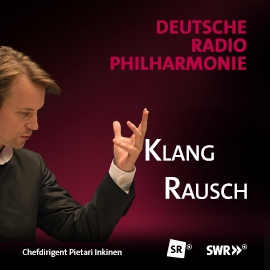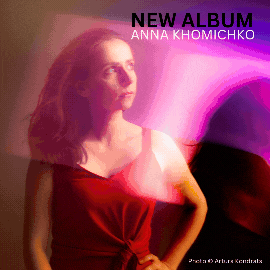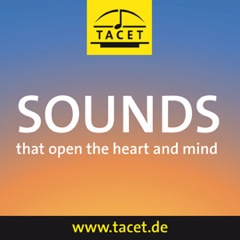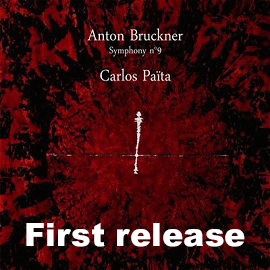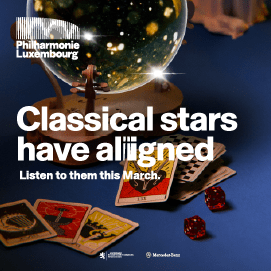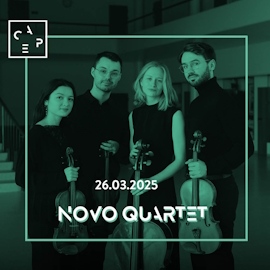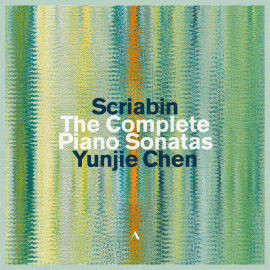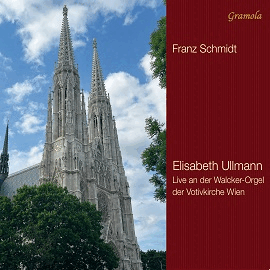Ludwig van Beethoven kennt jeder. Sein Schüler und quasi Sekretär Ferdinand Ries ist auch als Komponist und Pianist heute dagegen fast unbekannt. Das Trio Egmont ändert dies im Hinblick auf die letzten beiden von fünf Klaviertrios; das Grand Trio ist als Ersteinspielung zu hören. 1826 schuf er das c-Moll Trio in Bad Godesberg bei Bonn, etwa zehn Jahre später in seiner Zeit in Frankfurt und Reisen in Europa das f-Moll Werk.
Das Trio op. 143 in drei Sätzen startet mit kontrastreicher Musik zwischen heroischen und lyrischen Momenten, gefolgt von einem kantablen Mittelsatz und von einem energiereichen dritten Satz. Das Grand Trio führt thematisch verwoben über vier Sätze durch zahlreiche leidenschaftliche Stimmungen, die in den beiden letzten Sätzen volkstümliche Klangmuster ergänzen.
Das Trio Egmont hat sich nicht nur diesen wenig gespielten Stücken gewidmet. Es präsentiert sie auch im Stil der Zeit, wie er sich aus Quellen aus der Epoche erlesen lässt. Dazu kommen periodengerechte Instrumente, wie ein Flügel von Conrad Graf und Streichinstrumente mit Darmsaiten. Dabei nutzt das Trio Egmont darstellerisch viele Freiheiten. So gestalten die drei Musiker unbändig feurige Interpretationen, die aber immer strukturiert bleiben. Ihre Zuhörer werden damit vielleicht auch gefordert, langweilen sich aber auf keinen Fall.
Everyone knows Ludwig van Beethoven. His pupil and quasi-secretary Ferdinand Ries, on the other hand, is almost unknown as a composer and pianist today. The Trio Egmont changes this with regard to the last two of five piano trios; the Grand Trio can be heard as a premiere recording. He composed the C minor Trio in Bad Godesberg near Bonn in 1826 and the F minor work around ten years later during his time in Frankfurt and travels in Europe.
The Trio op. 143 in three movements begins with contrasting music between heroic and lyrical moments, followed by a cantabile middle movement and an energetic third movement. The Grand Trio leads thematically interwoven over four movements through numerous passionate moods, which are complemented by folk-like sound patterns in the last two movements.
The Trio Egmont has not only dedicated itself to these little-played pieces. It also presents them in the style of the time, as can be gleaned from period sources. They also use period-appropriate instruments, such as a grand piano by Conrad Graf and string instruments with gut strings. The Trio Egmont takes many liberties with the performance. The three musicians create irrepressibly fiery interpretations that always remain structured. Their listeners may be challenged, but they are never bored.



